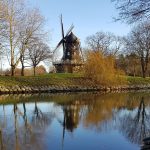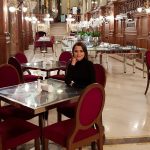
Welcome 2018! I missed writing, but most of all, I missed the Transylvanian villages, searching for some of the most beautiful churches, mansions, houses, streets, traditions…captivating stories.

Because I want to promote all over the world this amazing Saxon villages, in the very first weekend of this year, we (me and my husband), decided to visit Hosman, a Saxon village, placed on the Hartibaci Valley. Located 30 km far from Sibiu, this village belongs to Nochrich district.
The village was documented in 1319 and in the old papers appears under different names: Holzmenia, Holzmengen, Holcsmang, names that can come from “holz”, which means wood and “mangi”, which can be translated in crowd…pile of wood, referring to the forested hills that surrounds the village. The landscape in this area is wonderful, Fagaras Mountains part of the Carpathian chain, offers fairy tale images.

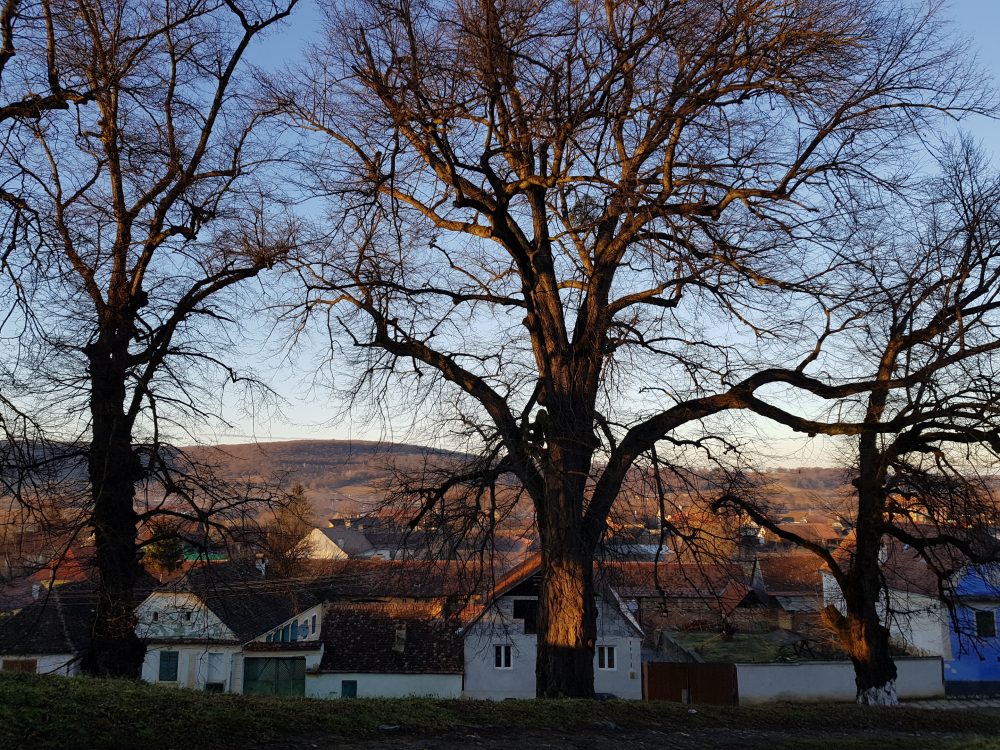

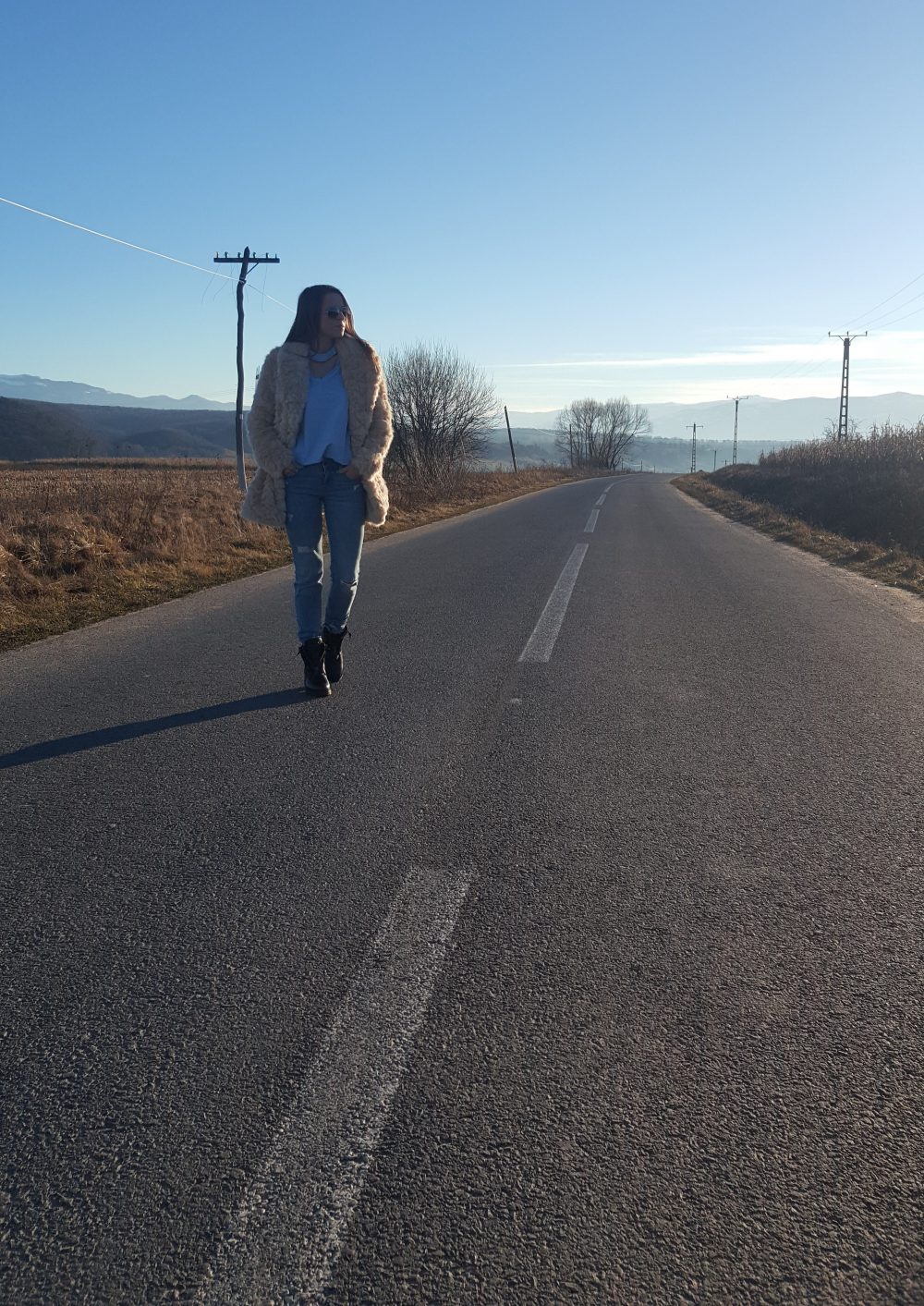

I was charmed of the merged houses that seem to be caught in a Romanian traditional dance, placed on both sides of the road, one in front of each other, the old Saxon Church with its fortified walls, the old mill, the silence in the evening and the humanity of the people here.
The Evangelical Church, dedicated to St. Paul, was built in the 13th century in the Romanesque style. In time, the church survived of various predators, Vlad Tepes himself passed through Hosman in 1479. The Western portal of the church is particularly interesting. Made by masters from Vienna, similar to St. Stephen’s Cathedral’s portal, it is decorated with bats, chimeras and heads of people.
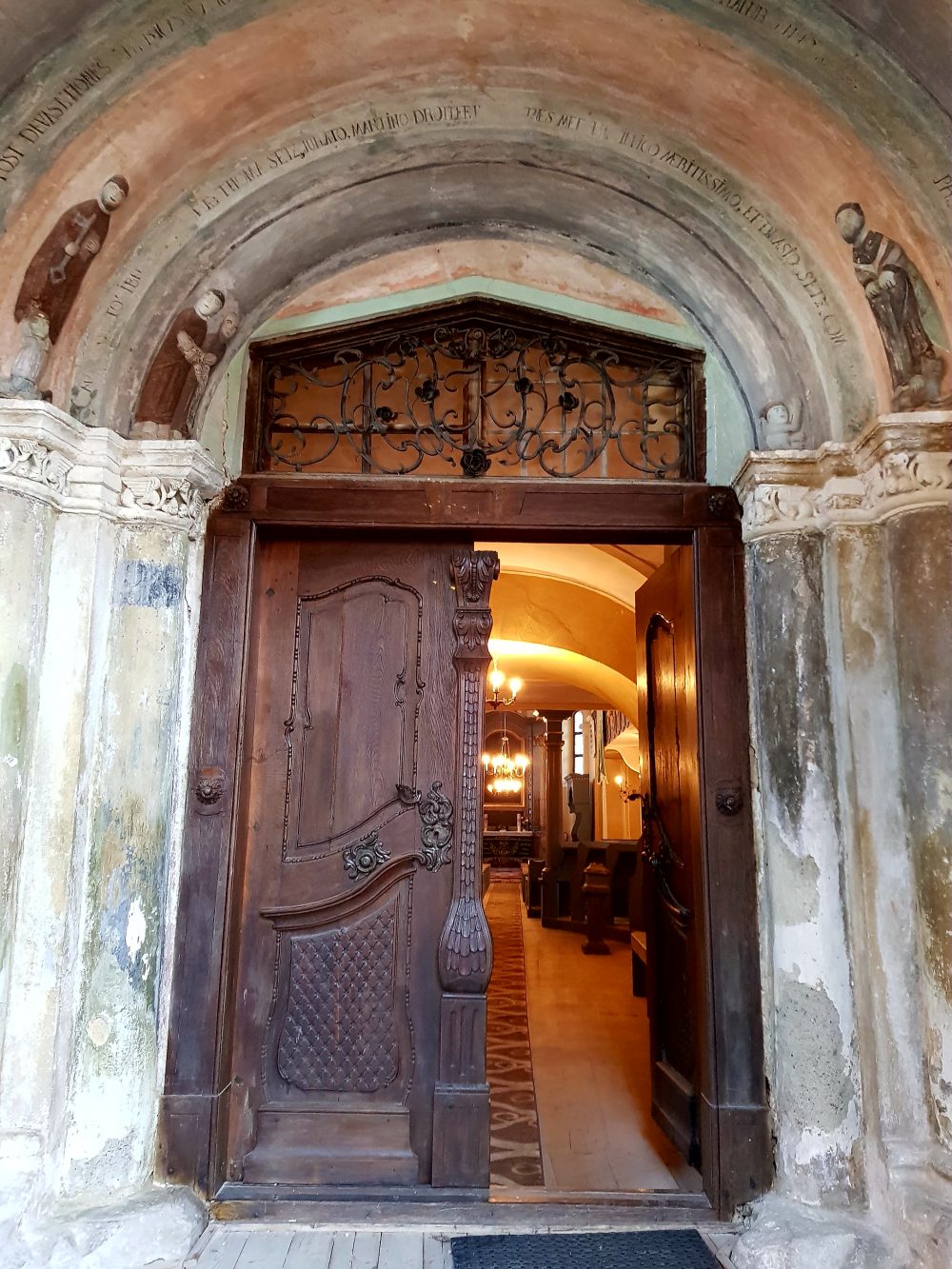

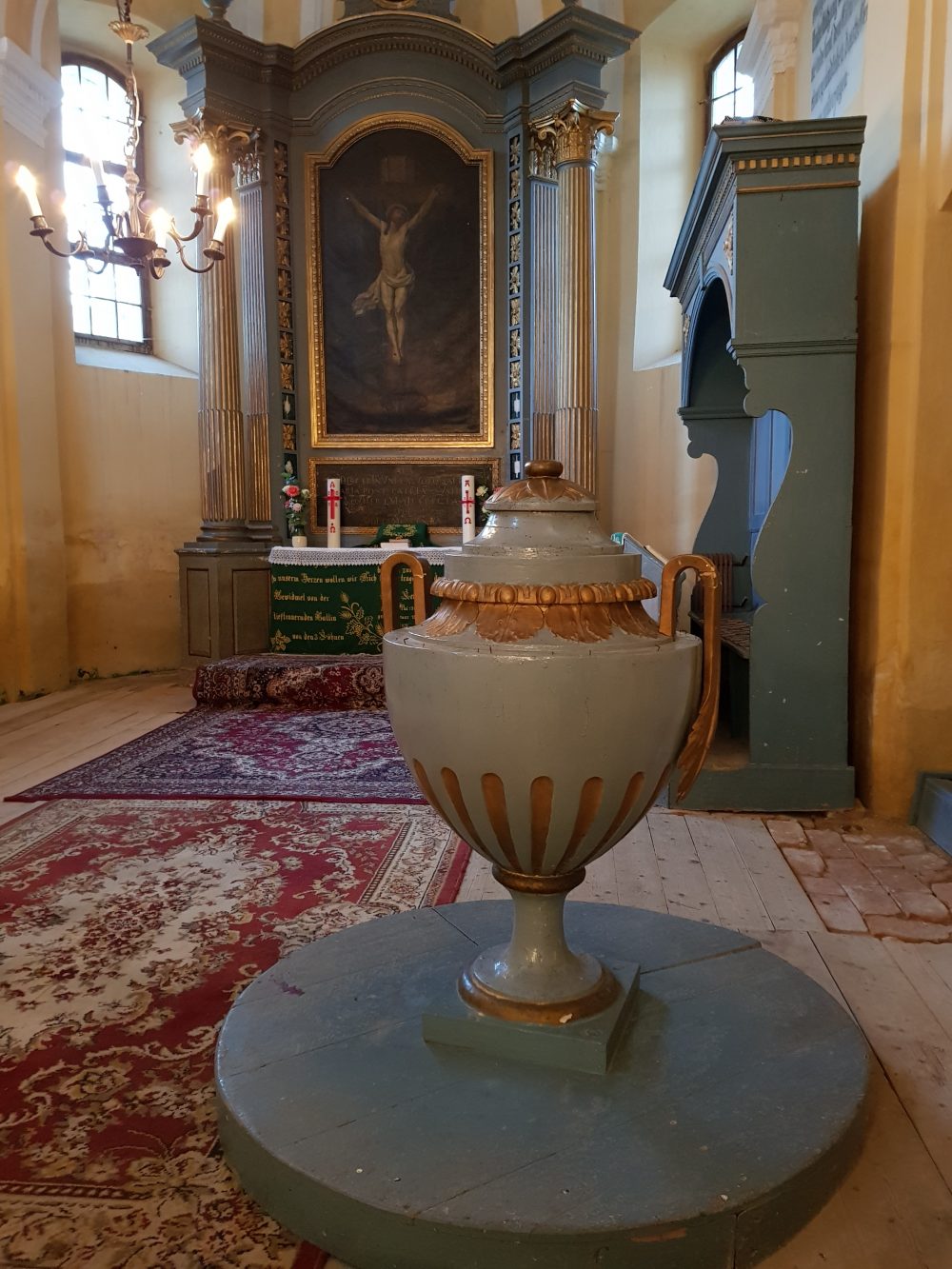

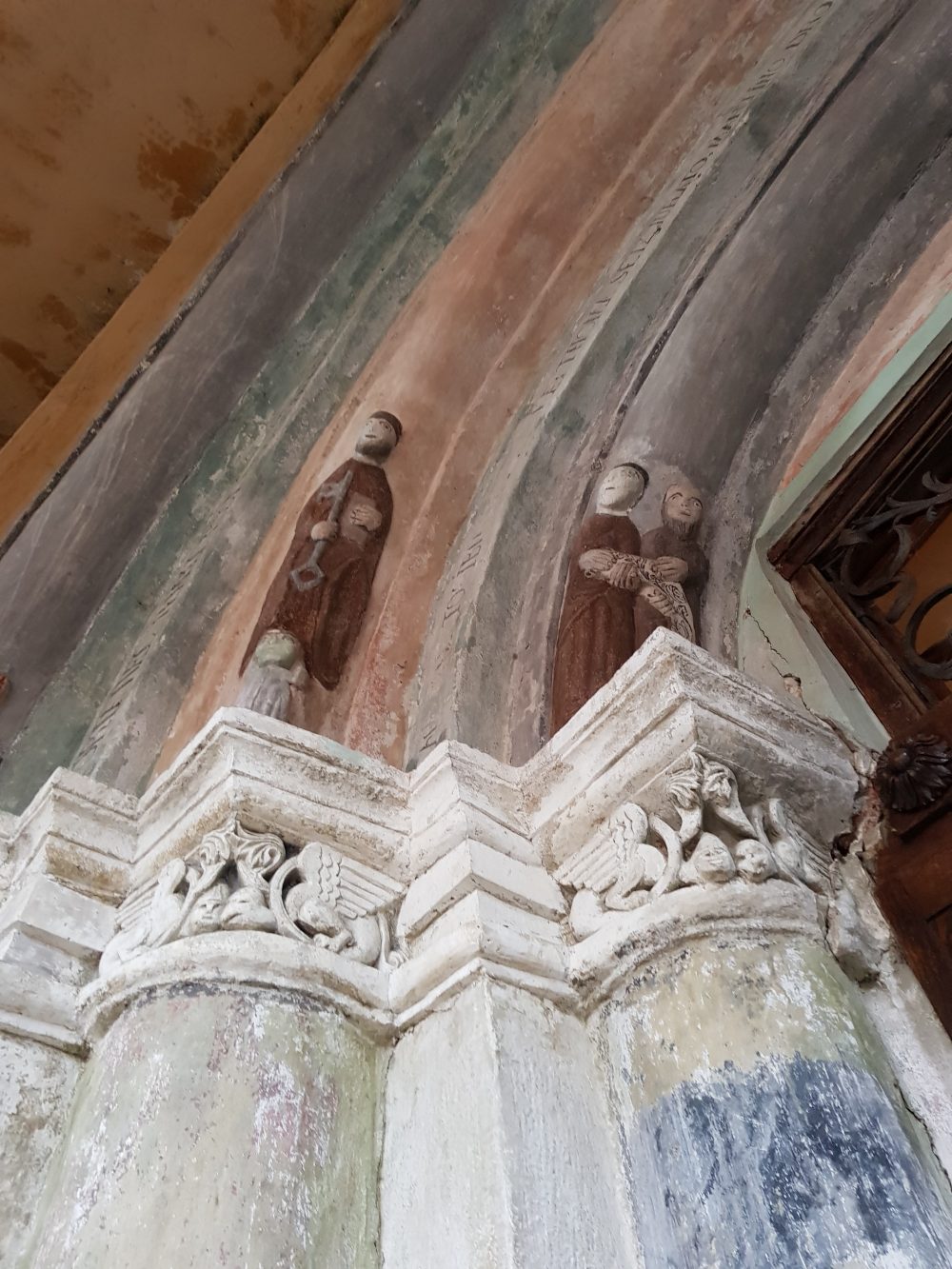

The perfectly arranged courtyard, the Saxon cemetery, the tower that once preserved the smoked bacon of the entire village, the small museum, the small church whose organ is still functional, but also the view of the village on the stairs that climb to the gate, are just some of the reasons you should get here.


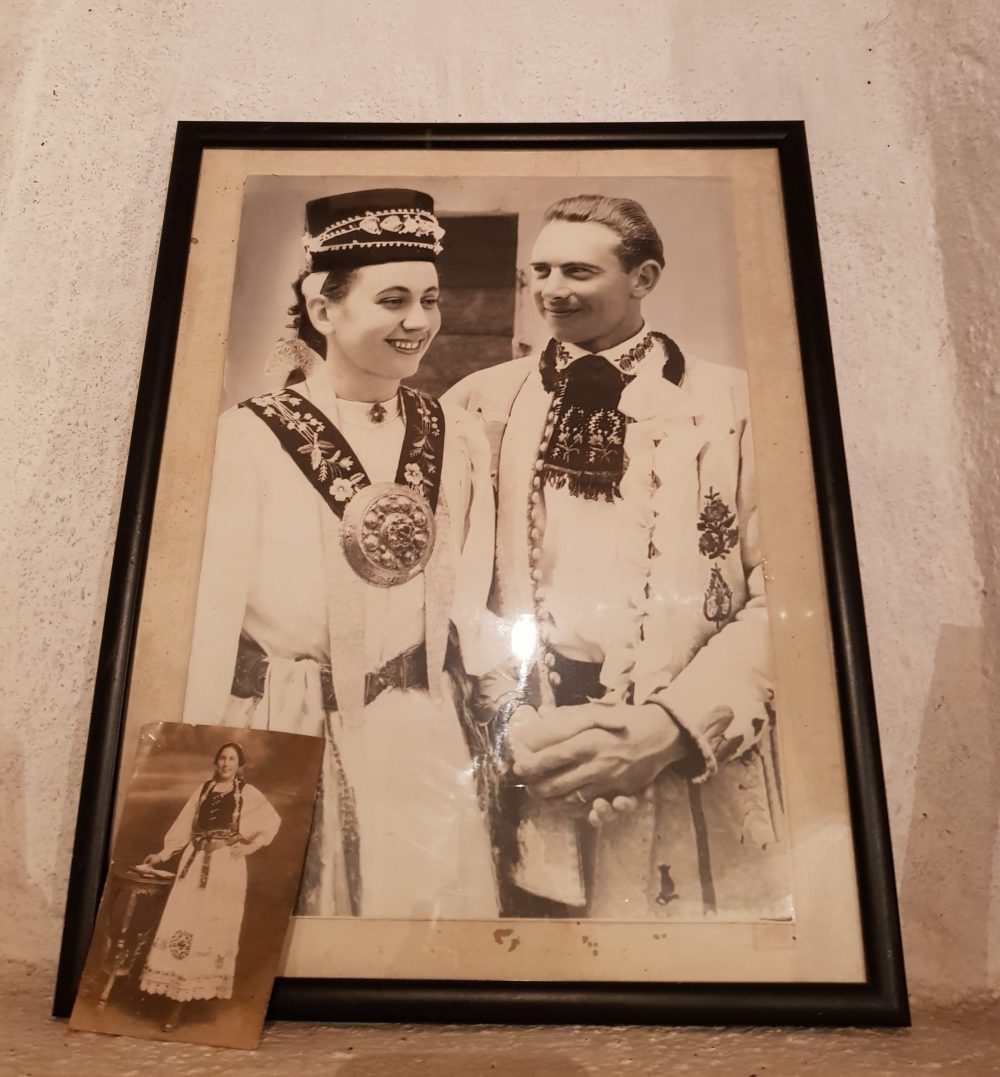
In my country, there is a popular phrase saying that “the man blesses the place”. Well, at Hosman, we met Mrs. Maria Necula, a lady who handles the administration of the Church and which is, from my point of view, an example of loyalty for the job. We arrived in the village, on a holiday day, after 4 pm. When we approach the gate, excited to discover the fortified church, I was instantly disappointed by the poster stuck on the main entrance. It announces that the church opens only by request. This practice is common in the fortified churches from Transylvania. You can find the key in the village, at the local administrator. So, I called the number displayed, a little bit nervous , being afraid of a negative reaction, especially because we were only two persons (not a big group). But Mrs. Maria was incredibly nice and prompt, she came to open us the gates…so we succeeded to step on this land full o history, we could admire from the inside this masterpiece. The lady told us that the Saxons families return in the village every summer, about their beloved houses and the holiday atmosphere in that period, that in the summer priests from neighborhood come to serve in the church and beautiful events are organized in the yard. Today, only two families live in the village, but the whole community gathers together, every summer.
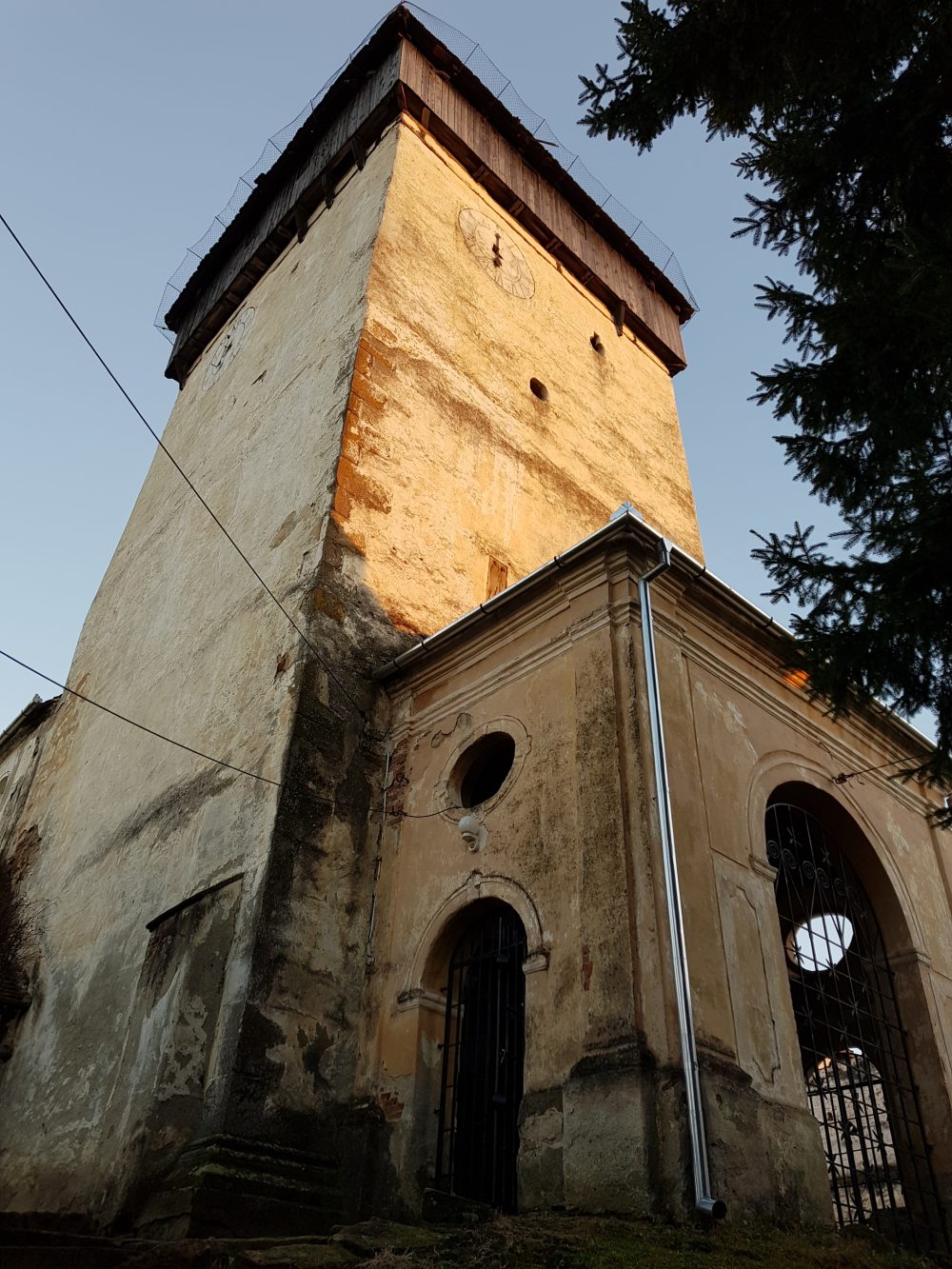
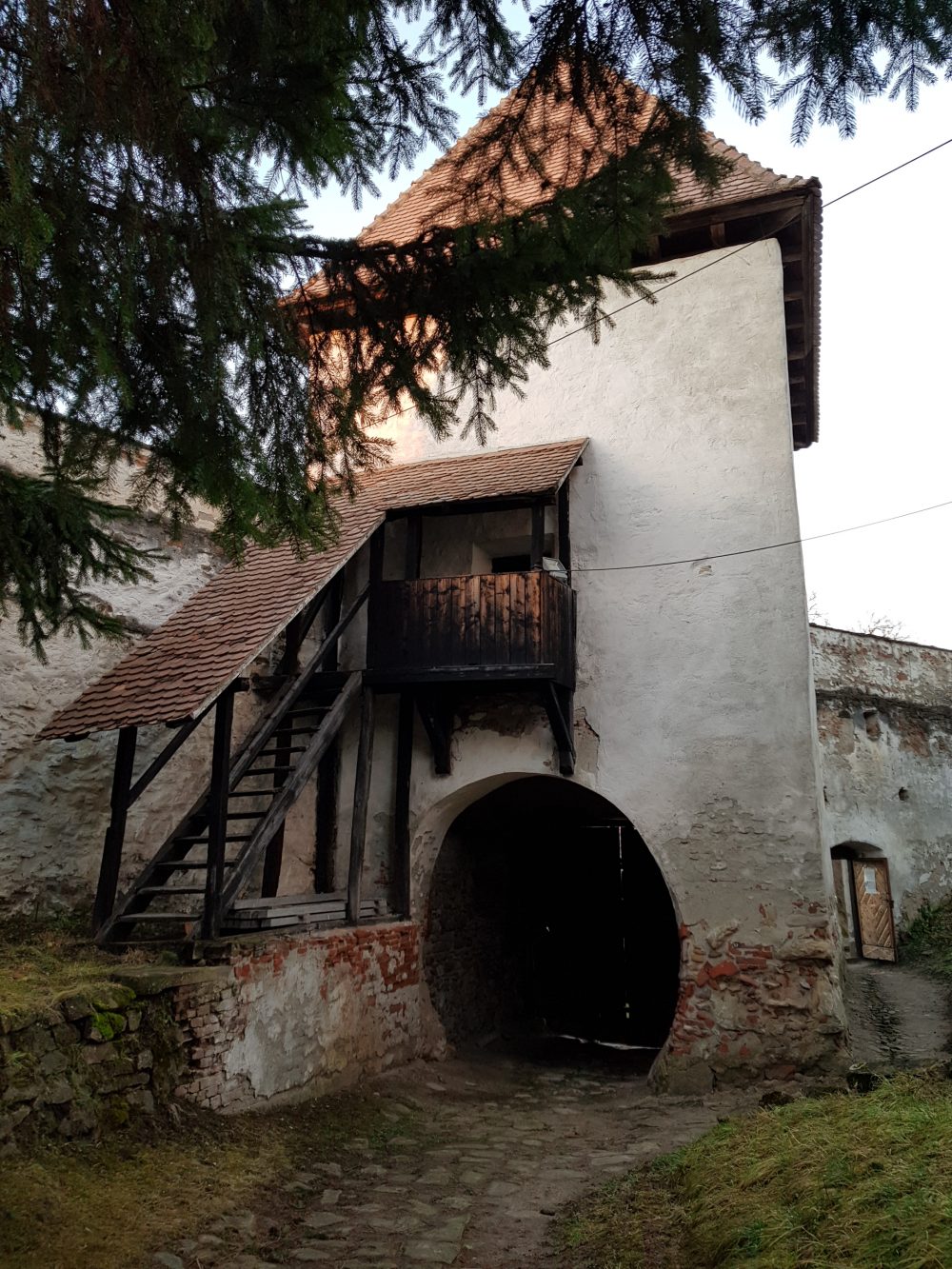
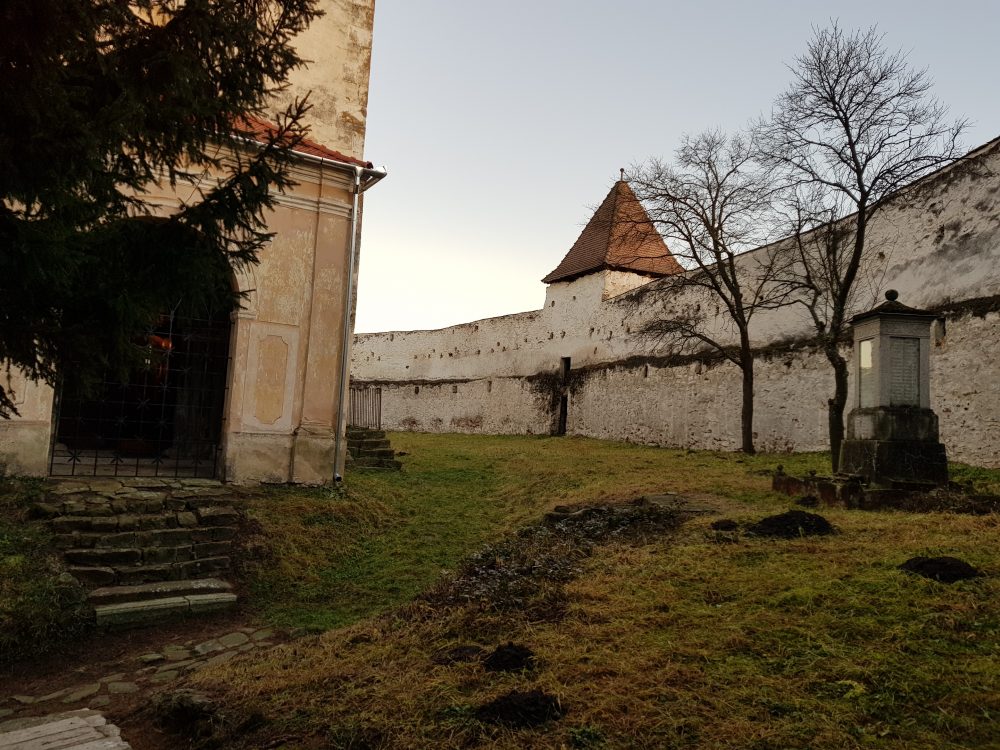

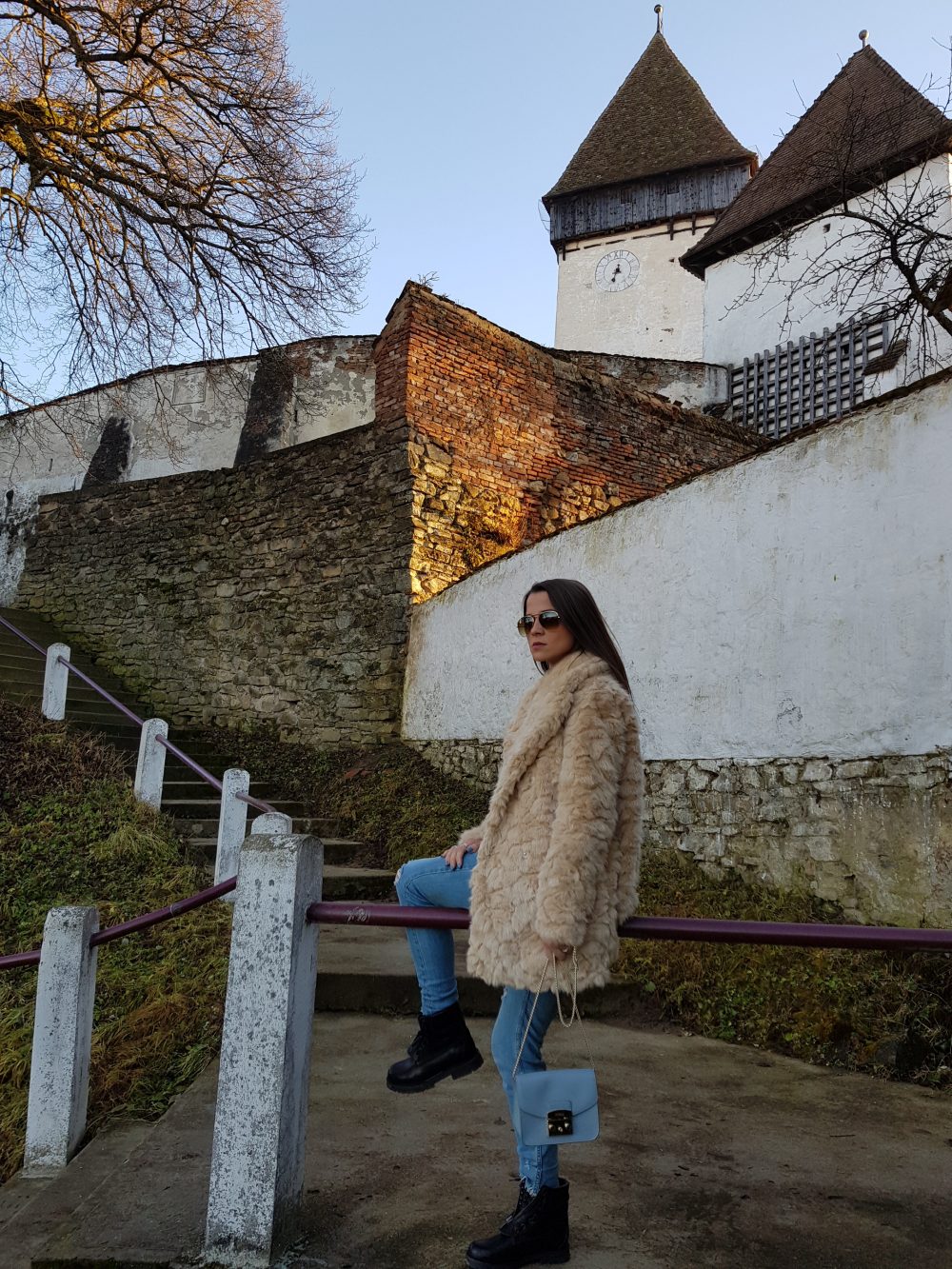

In the parochial house, the European Youth Meeting, organized 21 sleeping places, a kitchen, a dining room, a seminar room and an office. The Youth Center has been working since 1997 to encourage ecumenical and interethnic contacts among young people in Europe.
Contact The European Youth Center: Winfried Ziegler
Tel: 0745493986, E-mail: [email protected]
Contact Mrs. Maria (gate) – 0746131088
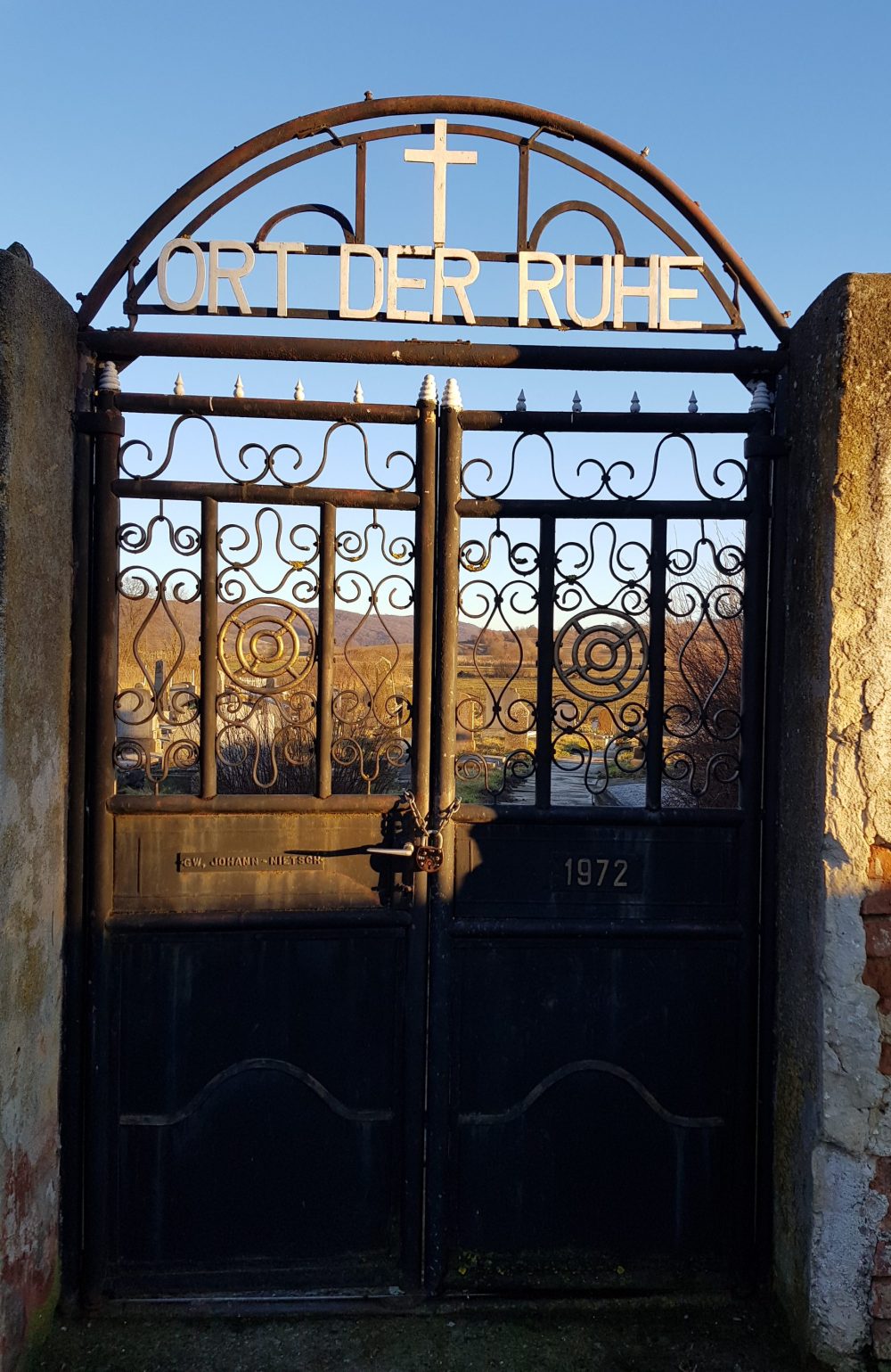

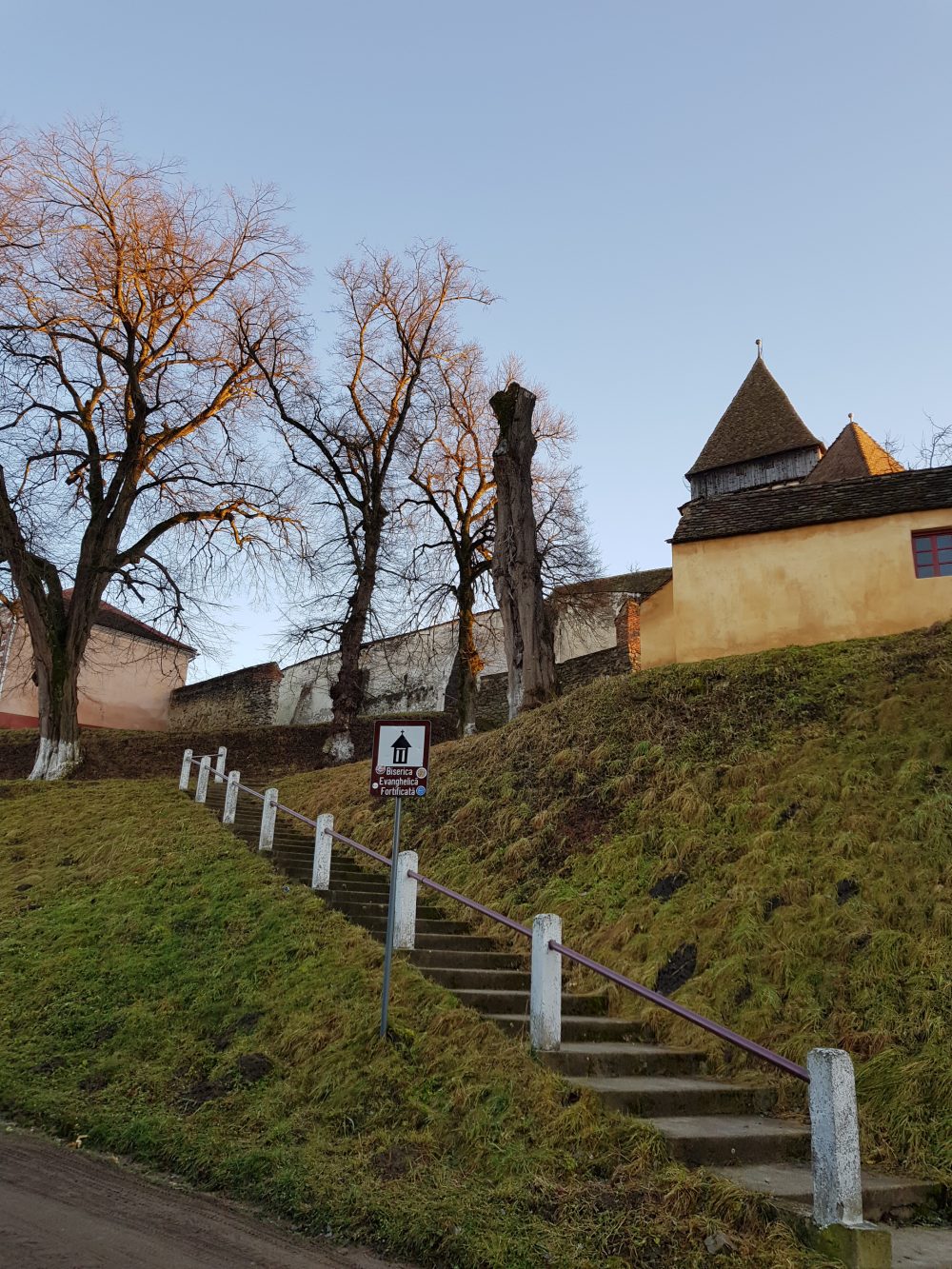
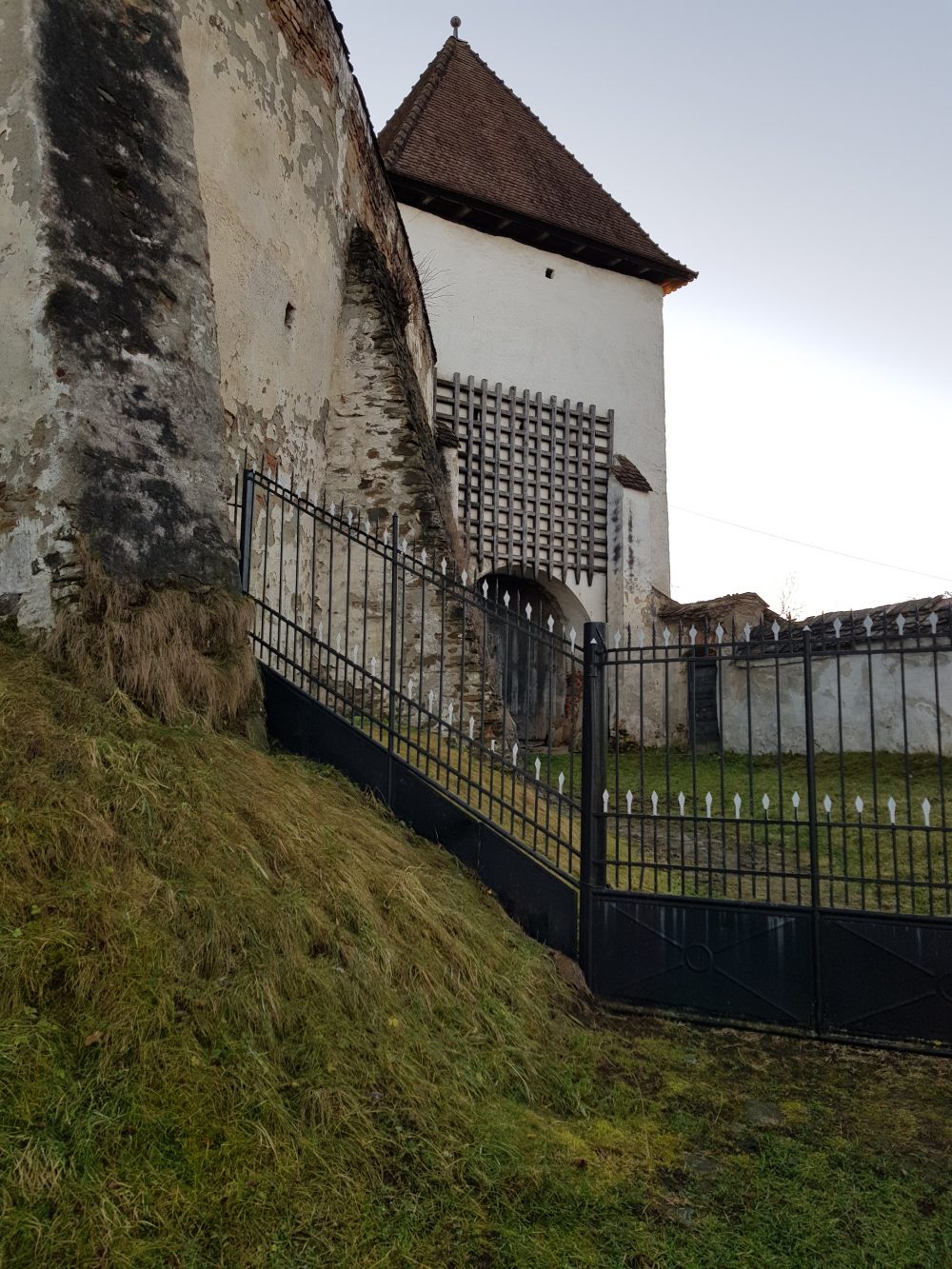
Details about my outfit, here: Blue accents for sunny winters
Love,
A.C.




